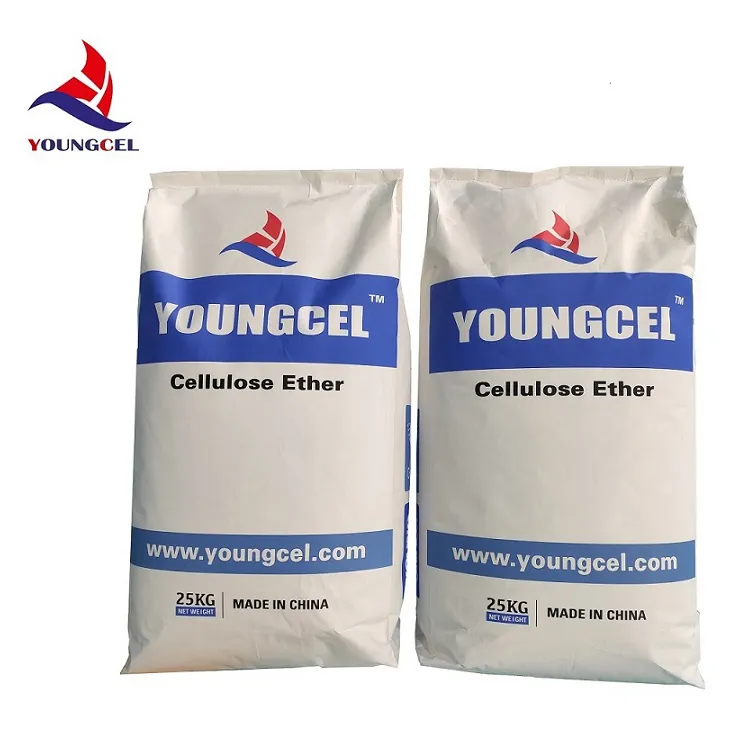Understanding RDP Adhesion Mechanisms and Applications
RDP, or Redispersible Polymer Powder, is a crucial component in the formulation of various construction materials, particularly in the production of dry-mix mortars. The adhesion properties of RDP play a vital role in determining the performance of such materials, impacting their workability, strength, and durability. This article explores the mechanisms behind RDP adhesion and its practical applications in construction.
What is RDP?
RDP is a fine powder that is derived from a dispersion of water-soluble polymers. Once mixed with water, these polymers rehydrate and form a flexible film, which enhances the adhesion, flexibility, and workability of cement-based materials. RDP is commonly used in tile adhesives, plasters, repair mortars, and self-leveling compounds.
Mechanisms of Adhesion
The adhesion properties of RDP are fundamentally linked to several physical and chemical mechanisms. When RDP is added to a mixture, it acts as a binding agent that improves the interaction between the cement particles and the substrate. The primary mechanisms include
Understanding RDP Adhesion Mechanisms and Applications
2. Mechanical Interlocking As the RDP film cures, it can penetrate into the pores of the substrate, creating a mechanical bond that enhances adhesion strength.
rdp adhes

3. Chemical Bonds The functional groups present in the polymer chains of RDP can form hydrogen bonds or covalent bonds with the substrate, further strengthening the bond.
4. Elastic Properties The flexibility of RDP allows it to accommodate slight movements and shrinkage in the substrates, reducing the risk of cracking and failure in the bond.
Applications in Construction
The application of RDP in construction materials is extensive. In tile adhesives, for instance, RDP provides better initial grab, allowing tiles to be placed easily without slippage. It also enhances the water resistance and longevity of the adhesive, crucial for wet areas.
In plasters and renders, RDP contributes to improved adhesion to diverse substrates, including concrete, plasterboard, and masonry. The inclusion of RDP results in smoother application, better finish, and increased resistance to cracking.
Moreover, self-leveling compounds benefit from the adhesive properties of RDP, which ensures that the compound adheres well to the substrate, preventing delamination and ensuring a long-lasting surface.
Conclusion
RDP adhesion plays an indispensable role in the development of modern construction materials. By enhancing the bond strength and flexibility of cement-based products, RDP contributes to more durable and effective solutions. As the construction industry continues to evolve, the importance of materials like RDP, which improve performance and reliability, cannot be overstated. Understanding its mechanisms and applications will help professionals make informed choices in material selection, ultimately leading to enhanced construction outcomes.
-
Rdp Powder: Key Considerations for Wholesalers in the Building Materials IndustryNewsJul.08,2025
-
Key Considerations for Wholesalers: Navigating the World of Hpmc - Based ProductsNewsJul.08,2025
-
Hpmc Detergent: Key Considerations for WholesalersNewsJul.08,2025
-
Key Considerations for Wholesalers: China Hpmc For Tile Adhesive, Coating Additives, Concrete Additives, and MoreNewsJul.08,2025
-
Crucial Considerations for Wholesalers: Navigating the World of Construction MaterialsNewsJul.08,2025
-
Key Considerations for Wholesalers Sourcing Additive For Cement, Additive For Concrete, Additive For Putty from Additive Manufacturer Shijiazhuang Gaocheng District Yongfeng Cellulose Co., Ltd.NewsJul.08,2025




